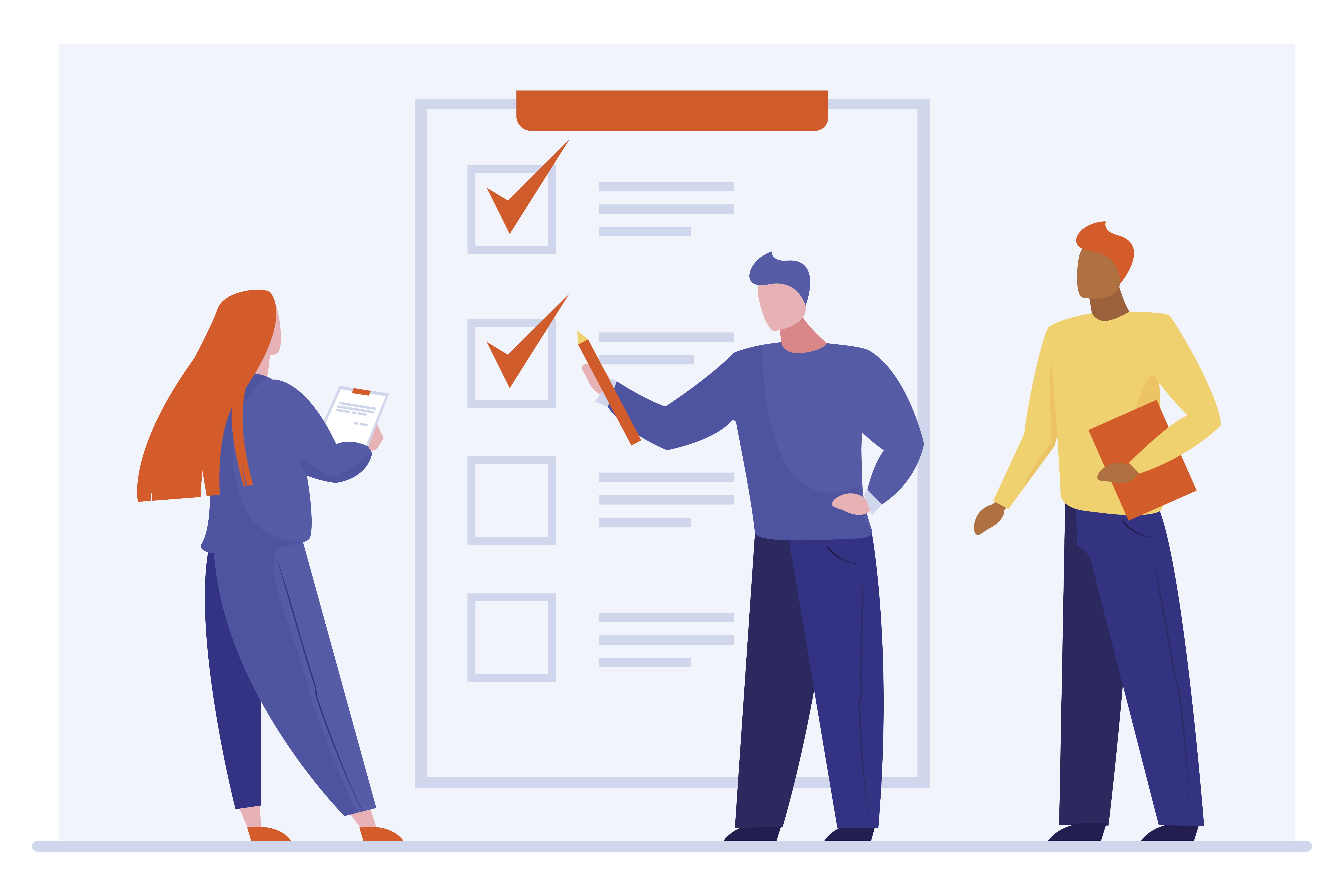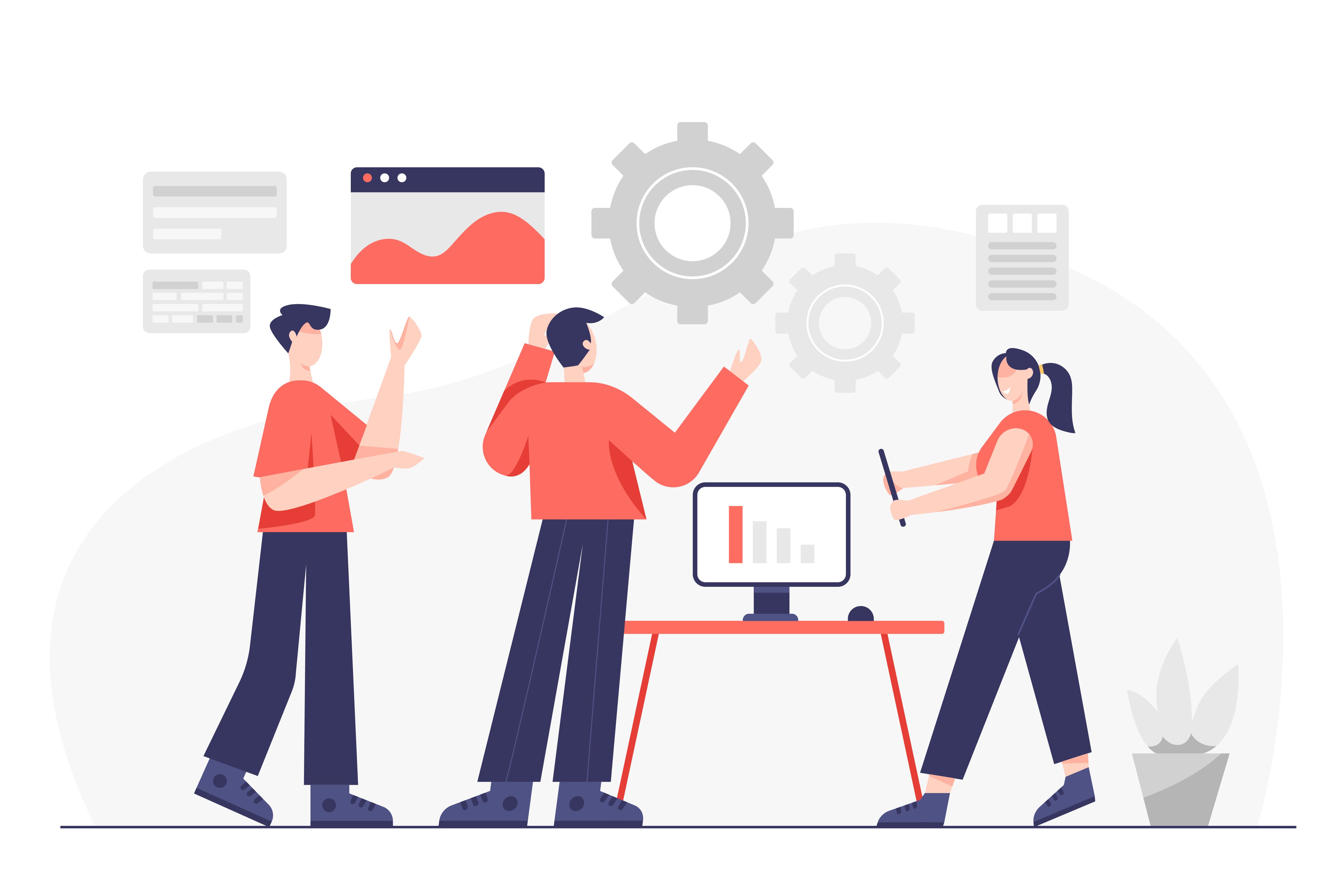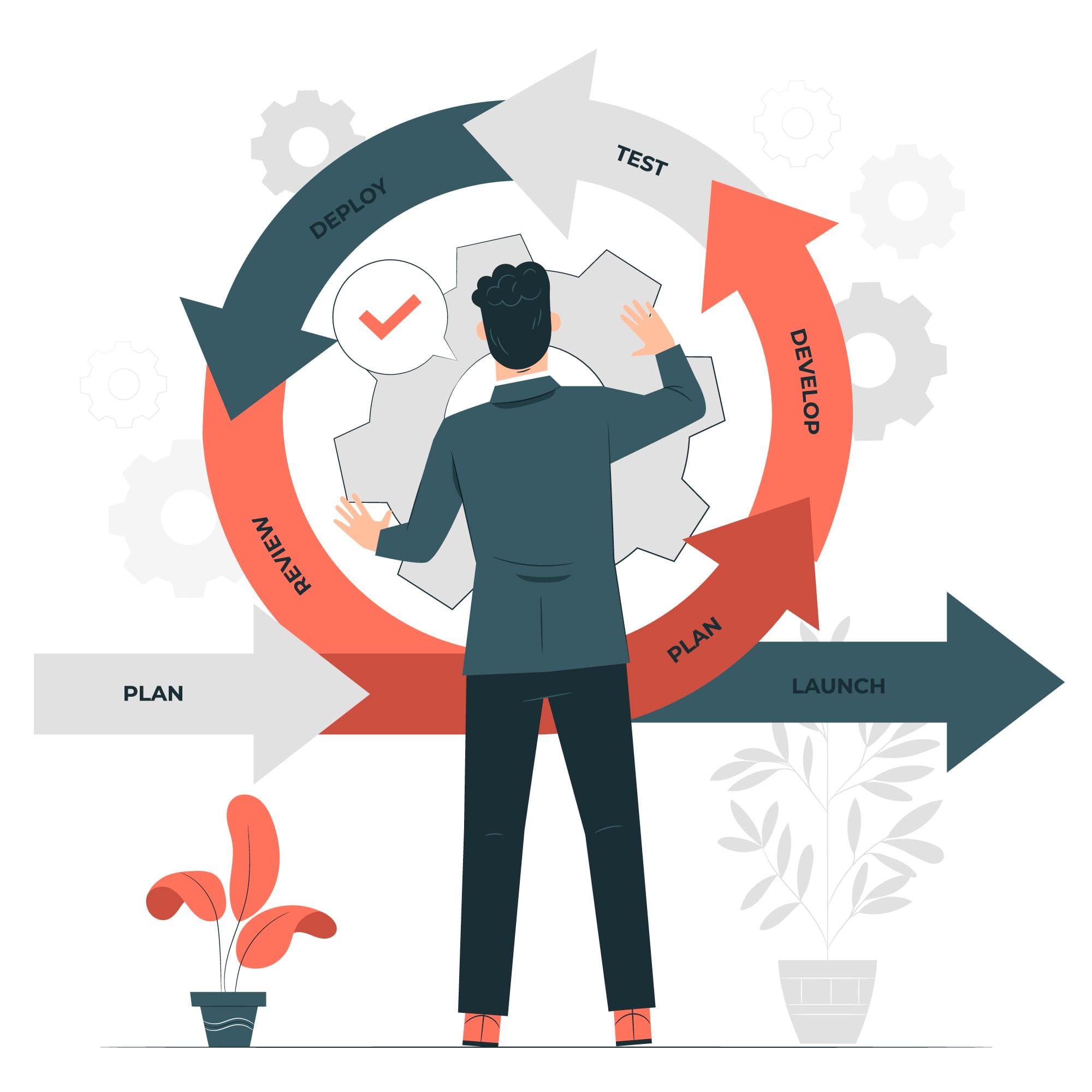Agile Scaling and Enterprise Agile are approaches that extend Agile methodologies to large-scale projects and organizations. These approaches aim to maintain the flexibility, collaboration, and customer-centric focus of Agile while accommodating the complexities and size of larger initiatives.
In this guide, we will explore advanced concepts in Agile Scaling and Enterprise Agile, including Agile portfolio management, Agile transformation, and Agile at the enterprise level, with examples.
1. Agile Portfolio Management:
Agile Portfolio Management involves selecting, prioritizing, and managing a portfolio of Agile projects to align with organizational goals. It ensures that resources are allocated effectively and that projects deliver value.

2. Agile Transformation:
Agile Transformation is the process of adopting Agile practices and principles across an entire organization. It often involves a cultural shift, changes in processes, and training to foster Agile thinking and practices.

3. Scaling Frameworks:
Various scaling frameworks, such as SAFe (Scaled Agile Framework), LeSS (Large Scale Scrum), and Nexus, provide structures and guidance for scaling Agile practices across large organizations.

4. Agile at the Enterprise Level:
Applying Agile at the enterprise level involves integrating Agile practices not only in development but also in areas like marketing, finance, and HR. It aims to create a culture of continuous improvement and customer-centricity.

5. Value Stream Mapping:
Value Stream Mapping is a technique used in Agile at the enterprise level to identify and streamline the end-to-end process of delivering value to customers, eliminating bottlenecks and waste.

6. Agile Leadership:
In Agile at the enterprise level, leaders play a crucial role in fostering Agile principles, providing guidance, and empowering teams.

7. Agile Metrics and Governance:
Measuring Agile success at the enterprise level requires metrics that focus on value delivery, customer satisfaction, and continuous improvement. Governance structures ensure alignment with organizational objectives.

An educational institution implementing Agile at the enterprise level uses metrics like student satisfaction, enrollment rates, and time-to-degree completion to gauge the success of its Agile initiatives. Governance boards ensure that Agile projects align with the institution’s mission and goals.
8. Agile Communities of Practice:
Enterprise Agile often includes the formation of Communities of Practice (CoPs) where employees across the organization share knowledge, best practices, and support each other in adopting Agile principles.

In conclusion, Agile Scaling and Enterprise Agile are essential for organizations looking to harness the benefits of Agile methodologies on a large scale. These approaches enable organizations to adapt to change, improve collaboration, and deliver value to customers more efficiently. By embracing Agile at the portfolio, transformation, and enterprise levels, organizations can become more responsive, innovative, and customer-focused in a rapidly evolving business landscape.
